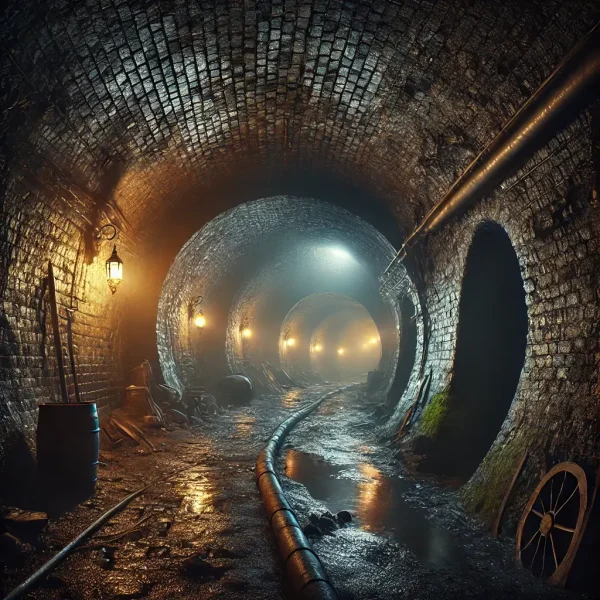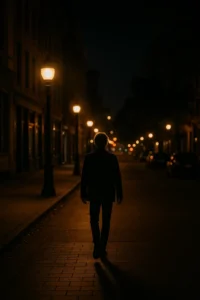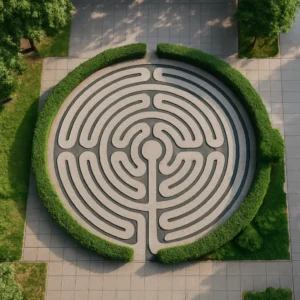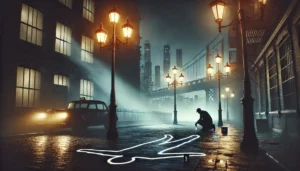Beneath the vibrant streets and towering buildings of the world’s greatest cities lies a hidden layer of history: ancient tunnels, long abandoned and largely forgotten. These subterranean pathways, once essential to daily life, warfare, commerce, and even secrecy, are now cloaked in mystery. Their dark corridors tell stories of the past — if you’re willing to descend and listen.
In Paris, the Catacombs are perhaps the most famous underground system. Beneath the elegant avenues of the city lies a network of tunnels stretching over 300 kilometers, many of which are closed to the public. Originally limestone quarries, these tunnels were later used to store the remains of over six million Parisians, creating walls made of neatly stacked bones. But beyond the known sections, rumors speak of secret societies, hidden chambers, and illegal gatherings in the off-limits zones.
New York City, known for its skyscrapers and hustle, also has a labyrinth of tunnels beneath its surface. Beyond the subway system are abandoned mail delivery tunnels, disused subway platforms, and even “ghost stations.” The old City Hall subway station is a forgotten gem, once considered the most beautiful station ever built — complete with chandeliers, skylights, and intricate tilework. It now sits silently beneath the city’s chaos, rarely visited.
In Edinburgh, Scotland, the Edinburgh Vaults lie beneath the South Bridge. Built in the late 18th century, these underground rooms once housed workshops, taverns, and even residents. Over time, they became a haven for criminals and those cast out by society. Tales of hauntings, unexplained noises, and ghostly apparitions continue to draw explorers and paranormal investigators to this day.
Bucharest, Romania, holds a more modern mystery. Beneath the city are service tunnels and bunkers reportedly built during the communist era. Some believe that dictator Nicolae Ceaușescu created secret escape routes and control centers underground. Though few official maps exist, urban explorers and historians continue to search for more clues.
In London, alongside the extensive Underground network, there exists the Mail Rail — an abandoned postal train system. Once used to deliver mail quickly across the city, it was shut down in 2003. Sections have been reopened for tours, but many areas remain untouched, filled with old carts and forgotten letters.
Even cities like Toronto, Moscow, and Berlin are known to have underground pathways — from Cold War bunkers to beer cellars and sewage canals — all with their own share of forgotten tales.
These tunnels often reflect the times they were built in. Some were made for survival, like bomb shelters during World War II. Others were for convenience, like transport systems and market routes. And some were for secrecy — escape tunnels from castles, hidden meeting spots, and smuggling routes.
But why are so many of these underground worlds abandoned? Shifting infrastructure, changing technology, and urban development pushed many tunnels into irrelevance. In some cases, they were simply forgotten as cities grew above them. Others became too dangerous to maintain.
Today, urban explorers are the modern-day historians of these places. With flashlights and curiosity, they venture into the shadows to uncover stories lost in the dark. These hidden passageways are more than bricks and mortar — they are time capsules, holding the whispers of those who built, walked, and hid within them.
Exploring beneath a city reveals a side most people never see. It reminds us that the surface is only part of the story — that below our feet lies an entire world shaped by fear, innovation, survival, and mystery.







